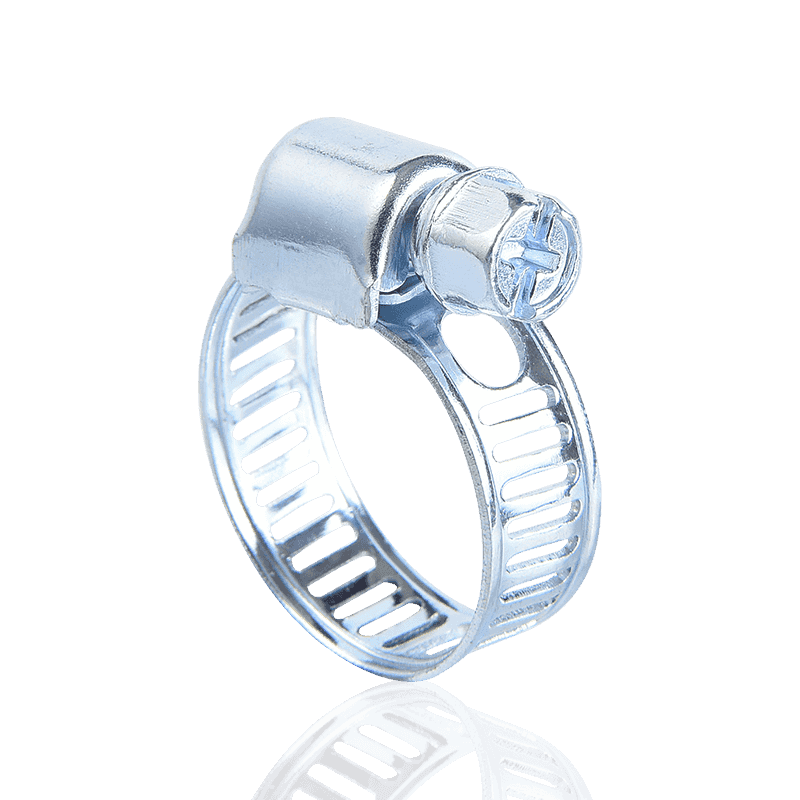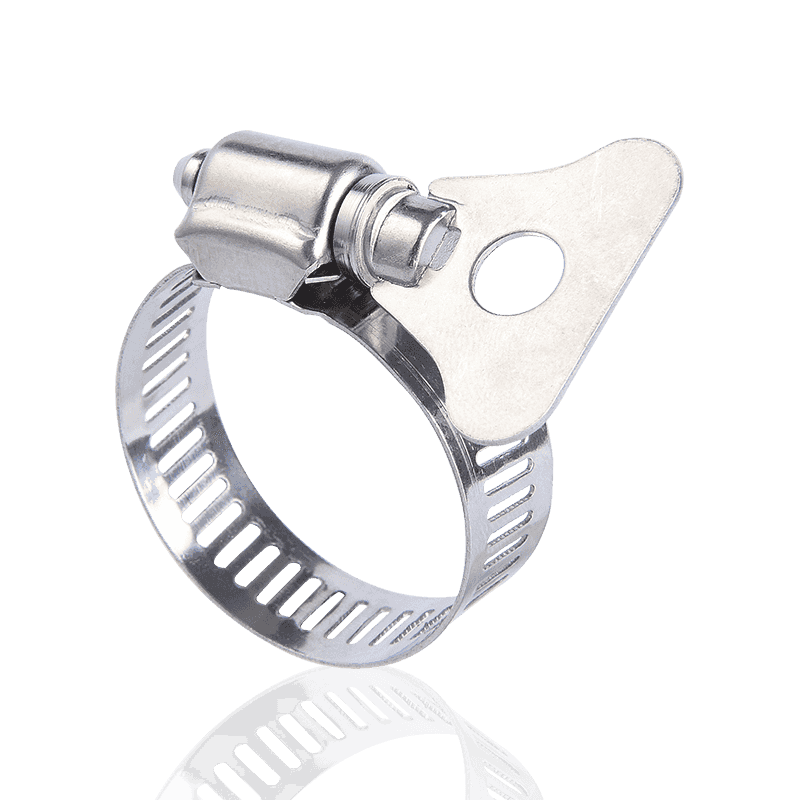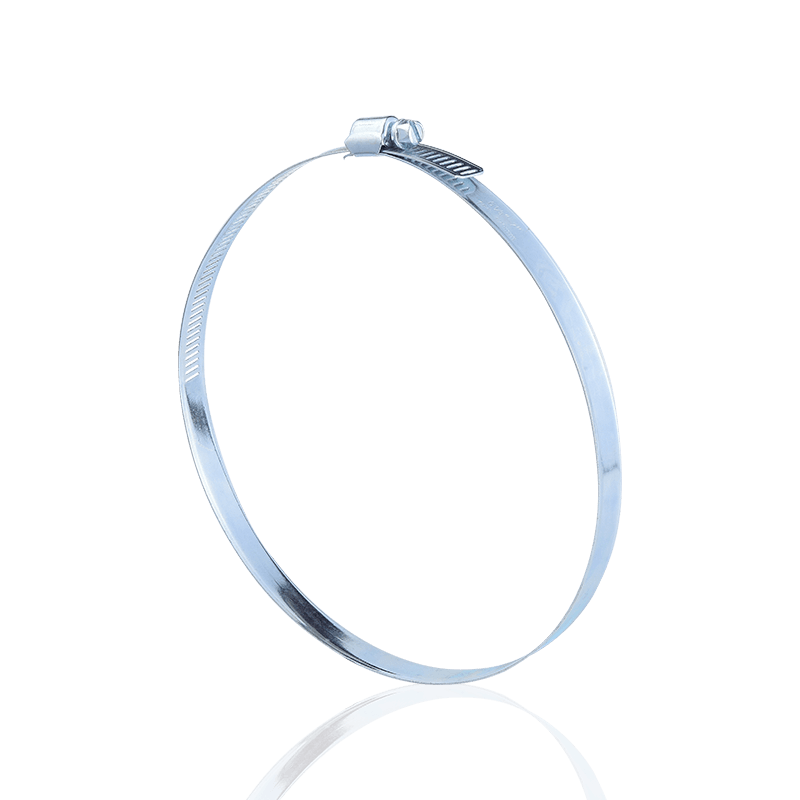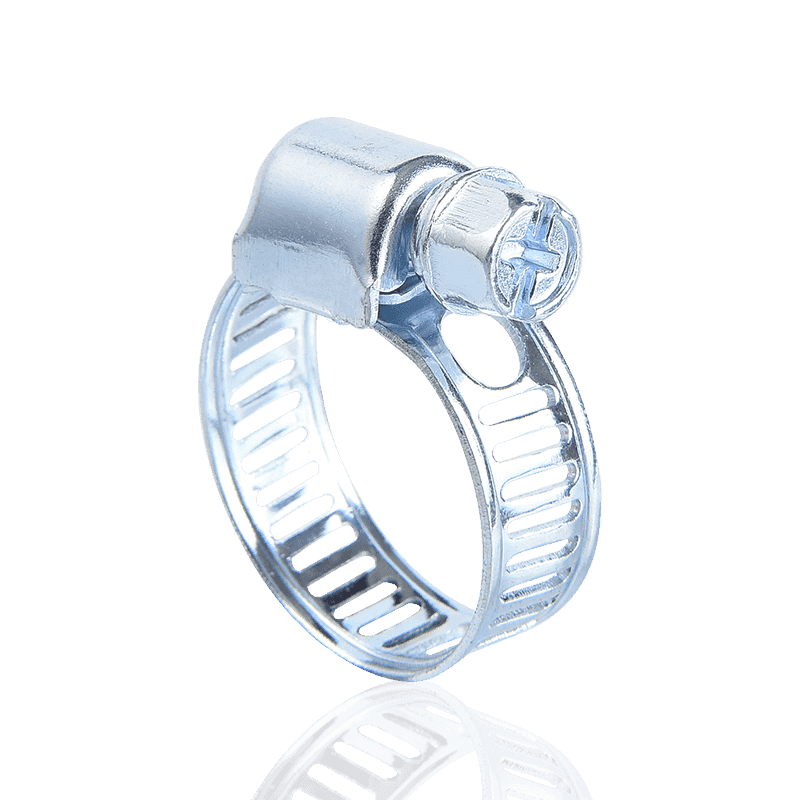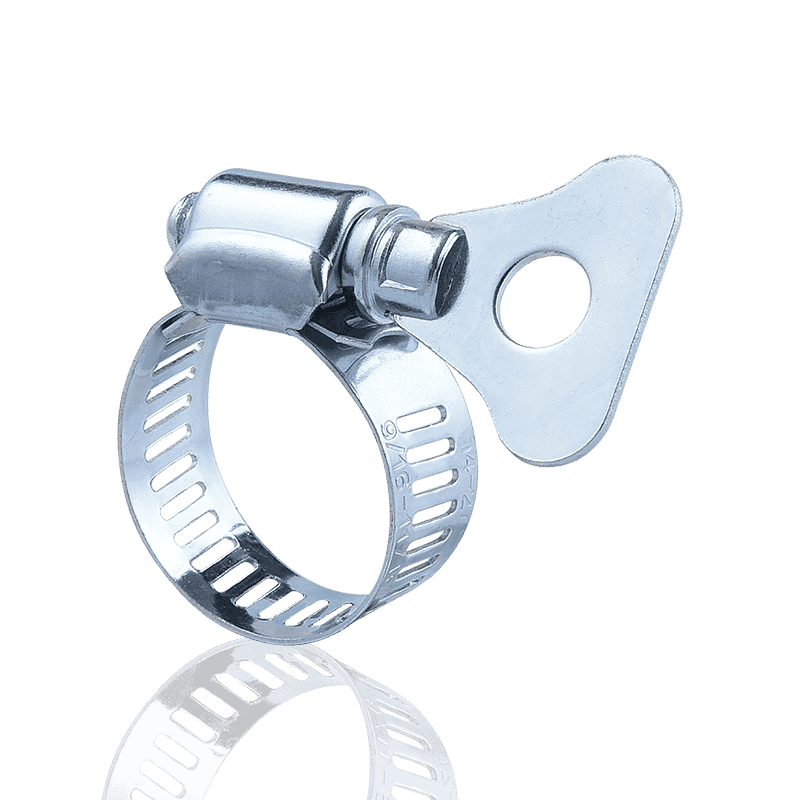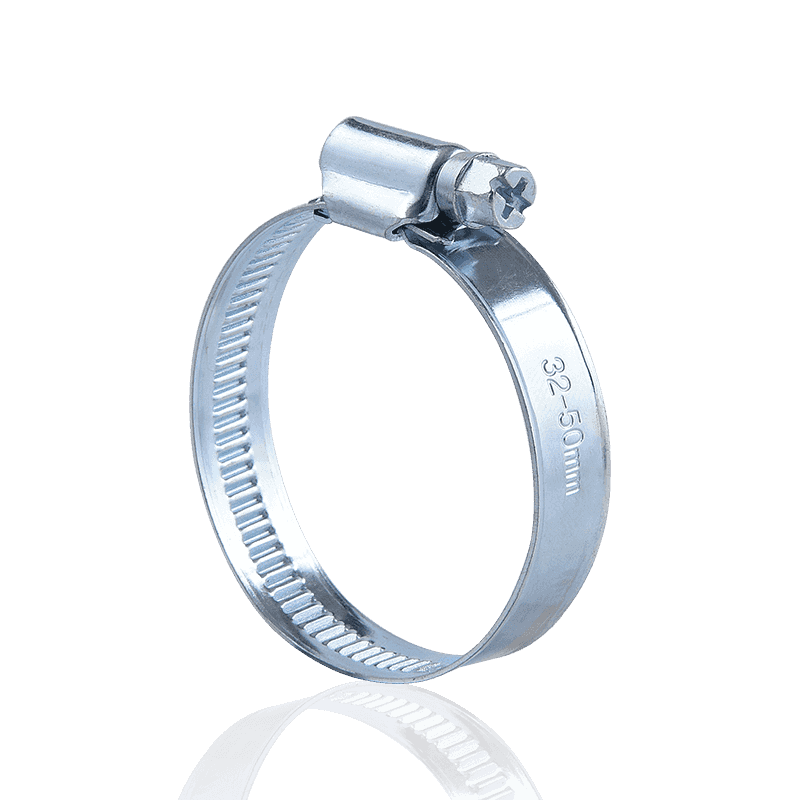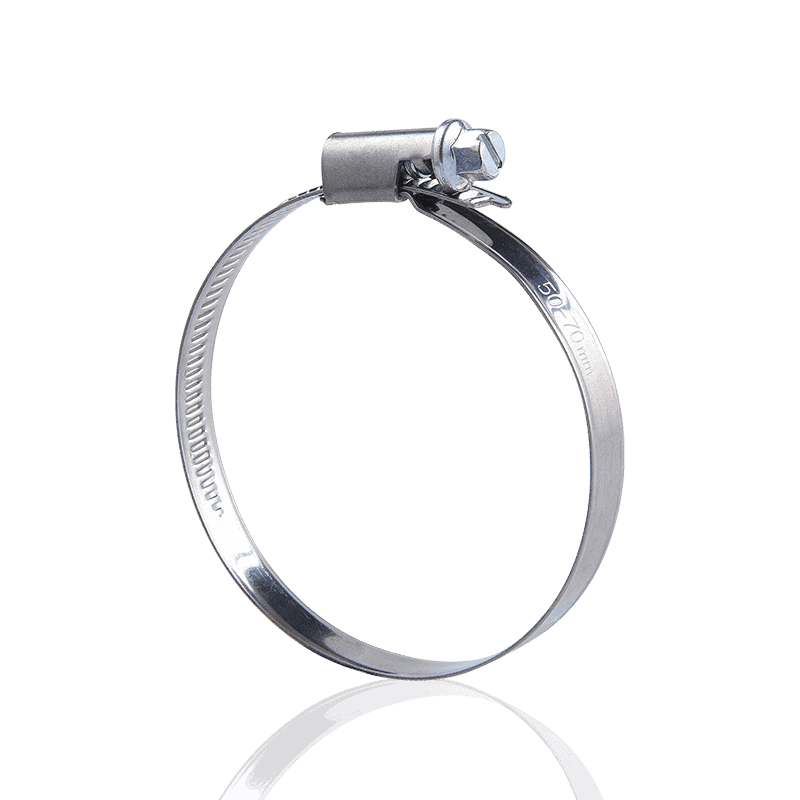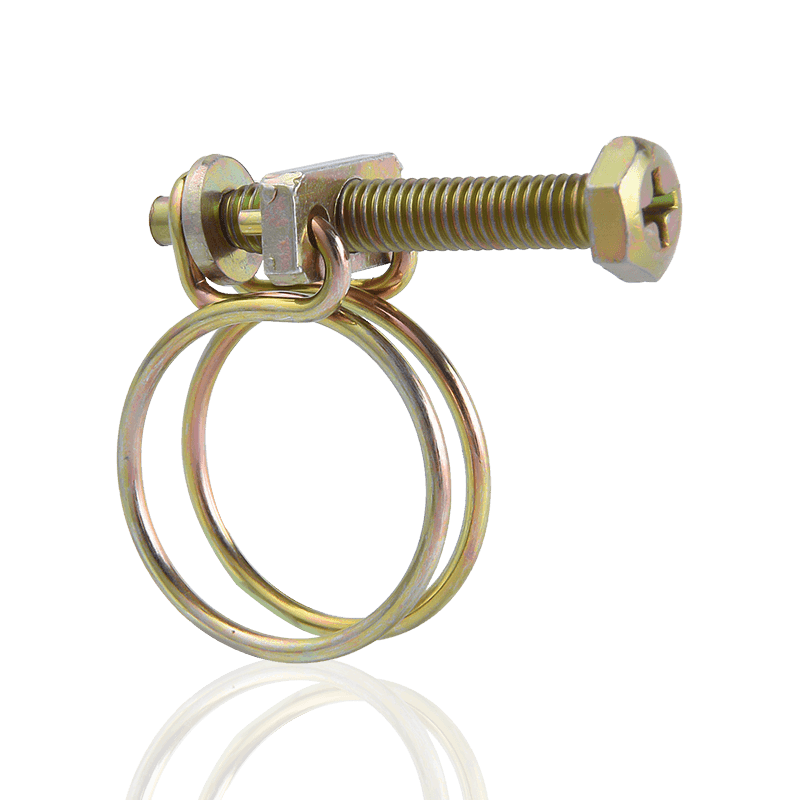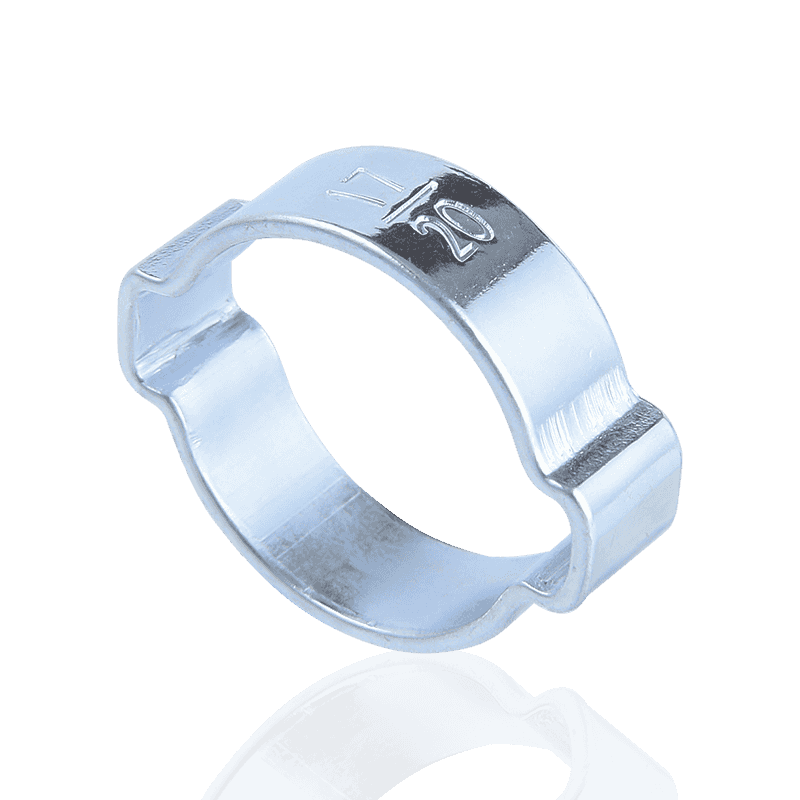A Practical Guide to Removing German hose clamps: Methods, Tools, and Techniques
During automotive repair, appliance maintenance, and home DIY projects, we often encounter the need to remove hose clamps. German hose clamps are renowned for their superior fastening performance and durability, but their unique snap-on design can also be intimidating for some.
Understanding the Types of German hose clamps
Before beginning removal, it's important to identify the type of German hose clamp you have. Common types include:
- Single Ear Stepless Clamp: This hose clamp has no screws and uses a single ear for radial tightening, providing uniform pressure throughout 360°.
- Double Ear Clamp: Similar to a single ear clamp, but with two ears, it's typically used in applications requiring a more precise seal.
- Screw-Type Hose Clamp: Similar to the common American hose clamp, it typically features a more refined thread design and material, offering greater resistance to twisting and pulling.

Tool Preparation for German hose clamp removal
Sharp tools are essential for a successful removal. Depending on the type of clamp, you may need:
- For single-ear and double-ear hose clamps:
- Diagonal pliers or shears: Loosen the clamp by aligning the jaws with the ears and applying firm grip or shearing force.
- Hose clamp pliers: Specialized jaws designed to better grasp and cut the ears, reducing strain.
- For screw-type hose clamps:
- Screwdriver or socket wrench: Choose the appropriate tool based on the screw type (slotted, Phillips, or hexagon).
Step-by-Step Removal Method
1. Removing a single-ear or double-ear hose clamp
- Location: Locate the "ears" or tabs on the hose clamp.
- Operation: Using diagonal pliers or specialized hose clamp pliers, align the jaws with the ears and cut them firmly until you hear a "snap."
- Removal: After cutting, the clamp will lose tension and can be removed from the hose.
- Caution: Be careful not to damage adjacent hoses.
2. Removing a Screw-Type Hose Clamp
- Location: Locate the screw on the clamp.
- Operation: Use a suitable screwdriver or socket wrench to loosen the screw counterclockwise.
- Removal: Once loosened, the clamp will release and can be easily removed.

Post-Removal Precautions
Inspection: After removing the clamp, inspect the hose for wear or damage. Replace if necessary.
Replacement: To ensure a secure, leak-proof connection, install a new clamp—whether an American-style or another German hose clamp, depending on your needs and budget.
Conclusion
With the right tools and method, removing a German hose clamp is straightforward. Whether cutting it free or loosening it with a screwdriver, the key is using the correct tools and working with care. Following this guide will help you complete repair tasks more efficiently and safely.




